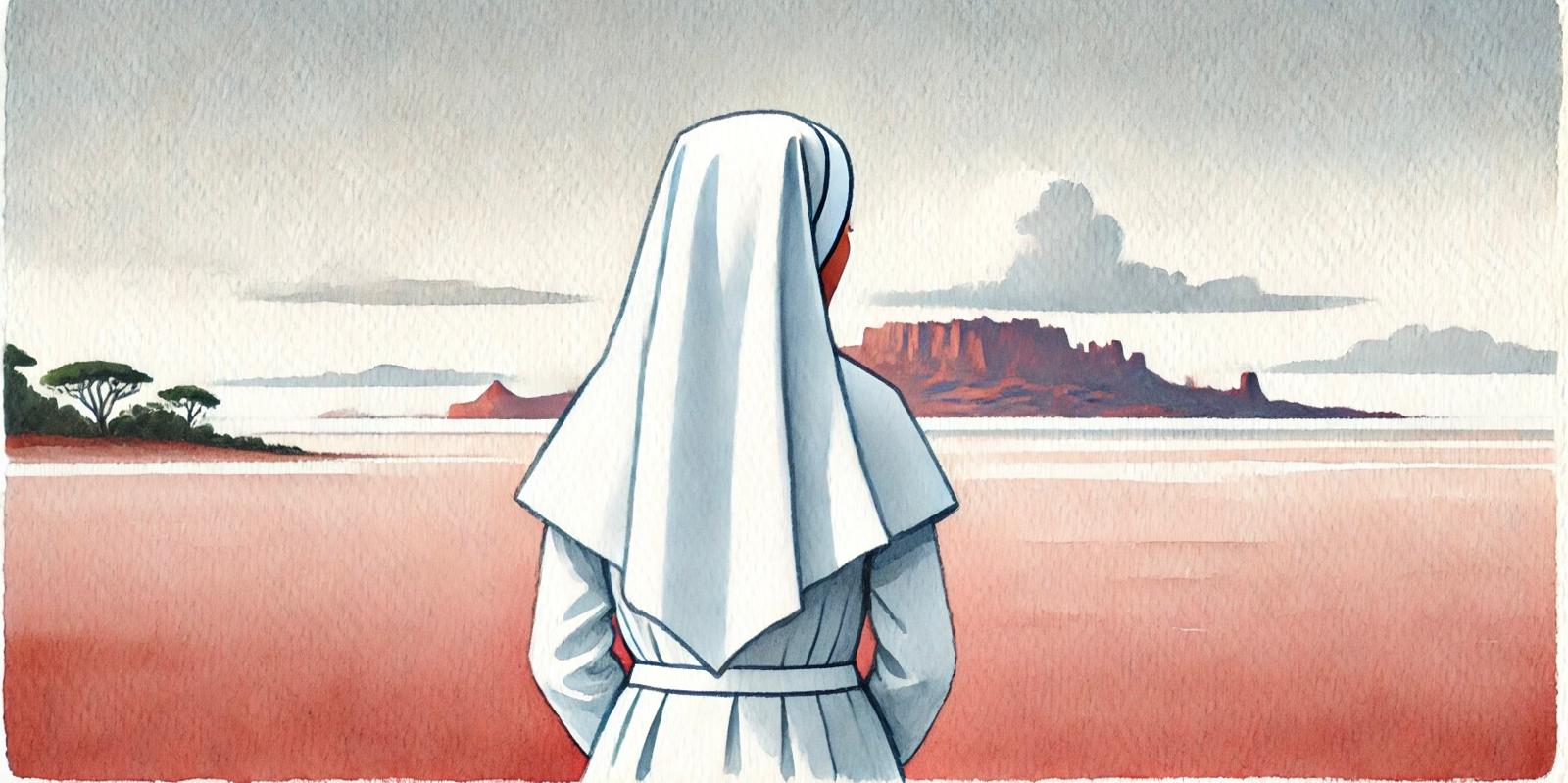
Sisters, mission, changes. The other half of the Church
In Popoli e Missione, Miela Fagiolo D’Attilia’s article opens the dossier “Consecrated in the world, protagonists of the outgoing Church”
(by Miela Fagiolo D’Attilia)
Lively, full of ferment and in transformation. This is the world of consecrated women embodied in a thousand stories, endless testimonies and many roles that represent the female universe within the Church today.
But there is an underlying question that few utter aloud and that gives the title to a recently published book, “Life as nuns: is it worth it?” (Cafagna Editore), about which the author, Sister Samuela Rigon, Franciscan of Our Lady of Sorrows, professor at the Gregorian University and superior general of her congregation, tells us.
Sister Samuela has worked for many years in vocation formation and has a broad view of the galaxy of consecrated women in the Church both as a member of the USMI presidency and as a participant in the XVI Assembly of the Synod of Bishops.
“The world of consecrated women’s life is very heterogeneous, there are many fragments like the pieces of a mosaic,” he explains. ”It is a huge constellation that holds great resources that have yet to be brought to light.
There are sisters who have given their lives in a very simple and authentic way, animated by a deep life of faith, and this is by no means a minor holiness. But now we find ourselves in a different context: what to propose to a young woman who wants to make a religious choice?
Until a few years ago, consecrated life was the only way to commit oneself to the missionary level; today it is no longer. Much easier to choose a path that commits temporarily, while consecrated life is for life and binds you to a specific lifestyle (community, vows, lifestyle, tradition). But commitment to others is the result of a deeper choice, linked to the mysterious call of God.”
The call to follow God along the paths of the Gospel that lead to the peripheries of the world sees many missionaries embodying new styles of religious life and proximity to people.
In the simplicity of daily life they represent in the collective imagination of the changing role of the religious in the Church.
“In the foreground is the power of mission understood in the evangelical sense of giving one’s life,” Sister Samuela stresses, ”the Gospel invites us to follow Jesus and give our lives as he did. What does it mean to do this today? Living a full life comes from this aspect. Where there is attention to the needs of the other, the commitment to mission for the Kingdom of God is lived out in a very concrete way. To get to this we need to overcome relational struggles, today’s problems such as integration between generations, institutional bureaucracy, coping with new needs, learning also to communicate with other cultures.”
There was a lot of talk in the last Synod about the role of women in the Church “not only of consecrated women but also of lay women,” adds Sister Samuela. “With the exception of a few stories, from the grassroots of the Church not much progress has been made, and not even from the top, with the exception of Pope Francis who made very clear interventions and placed female figures in apex positions.
In the Synod, the issue of the female diaconate came up strongly. Personally, I do not think this is the problem, but that it should put us in a different perspective. In the Church as in society half of the human race is female, with a style of presence that needs to be promoted, not so much by playing on the concepts of superiority or inferiority, or the usual gender stereotypes that have done so much damage by emphasizing the submissive position of women.
I believe that the anthropological aspect of complementarity and reciprocity should be recovered and lived concretely. From this perspective everyone can make a contribution for the common good, and this concerns all areas of the life of the Church, including that of authority.”
If on the theoretical level it is easy to agree on the basic concepts, the problem is putting this change of mentality into practice.
“We have to recognize that we drag along so many cultural models whereby certain tasks or certain ministries, it is thought, can only be held by men. There are some work contexts, professional contexts, where it is very difficult for a woman to operate, for example in teaching, at the parish level, diocesan level, in an office, in a charity service.
Another issue that has emerged in some contexts is considering consecrated women as cheap labor: this is an issue that was raised in the synod assembly, in some countries of the world this is a very serious problem because there is no protection of the service that consecrated women perform.”
(Article by Miela Fagiolo D’Attilia from the dossier “Consecrated women in the world, protagonists of the outgoing Church,” published in Popoli e Missione, December 2024, pp. 30-31)
Source
- Popoli e Missione/Dicembre 2024
Source
- Digitally created by spazio + spadoni
